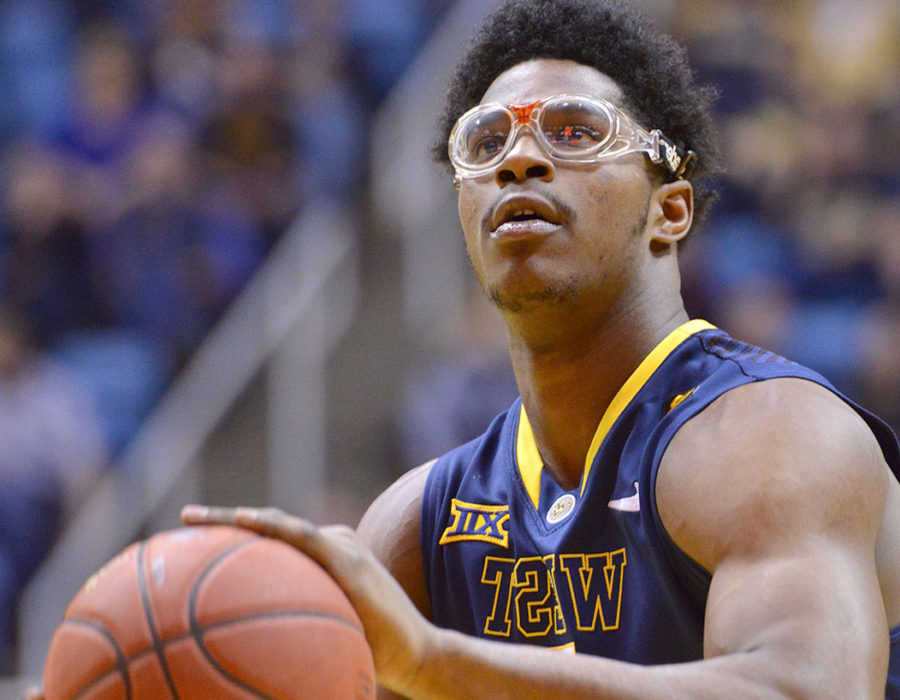It often affects adults over 40, but can affect people of all ages – including babies and children. The medical name for long-sightedness is hyperopia or hypermetropia. Treatment for long sightedness is almost exactly the same as for short sightedness. In effect the laser performs the opposite treatment plan to correct your hyperopia compared to correcting myopia.

What is long sightedness (Hyperopia)?
Symptoms of long-sightedness
Long-sightedness can affect people in different ways. Some people only have trouble focusing on nearby objects, while some people may struggle to see clearly at any distance. If you’re long-sighted, you may:
- find that nearby objects are fuzzy and out of focus, but distant objects are clear
- have to squint to see clearly
- have tired or strained eyes after activities that involve focusing on nearby objects, such as reading, writing or computer work
- experience headaches
Children who are long-sighted often don’t have obvious issues with their vision at first. But if left untreated, it can lead to problems such as a squint or lazy eye.

